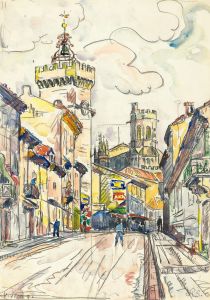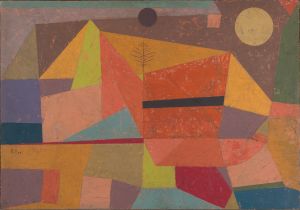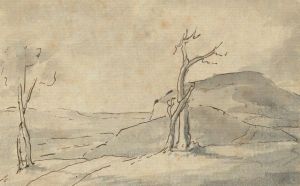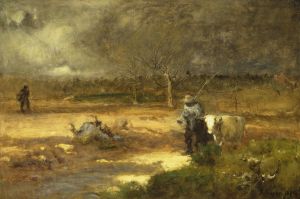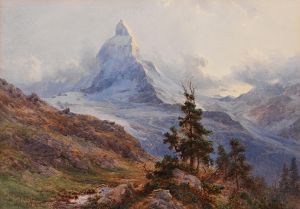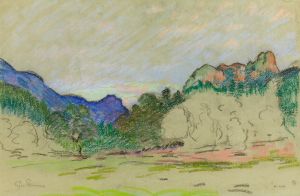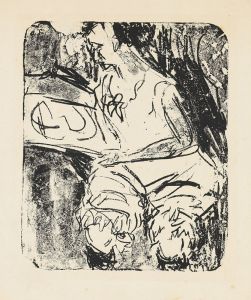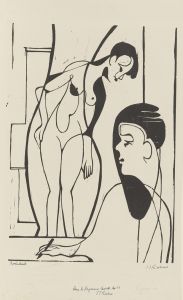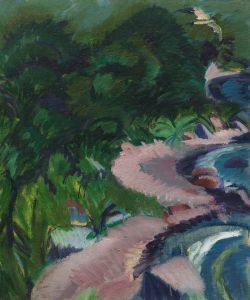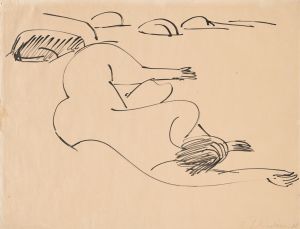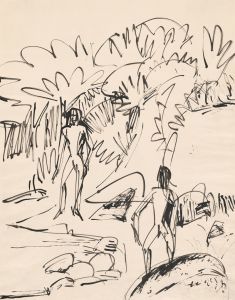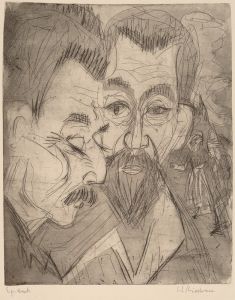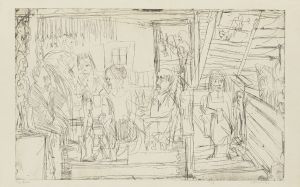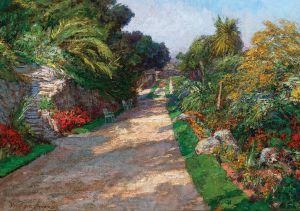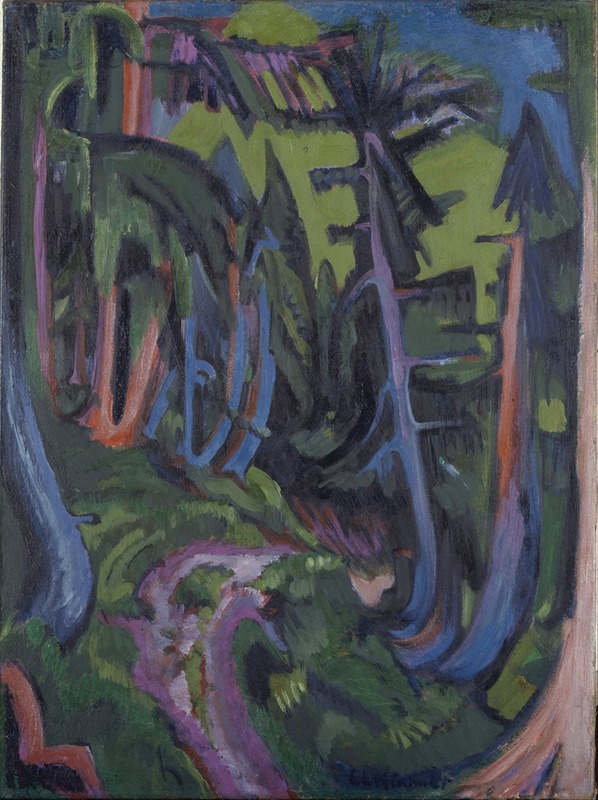
Mountain Forest Path
A hand-painted replica of Ernst Ludwig Kirchner’s masterpiece Mountain Forest Path, meticulously crafted by professional artists to capture the true essence of the original. Each piece is created with museum-quality canvas and rare mineral pigments, carefully painted by experienced artists with delicate brushstrokes and rich, layered colors to perfectly recreate the texture of the original artwork. Unlike machine-printed reproductions, this hand-painted version brings the painting to life, infused with the artist’s emotions and skill in every stroke. Whether for personal collection or home decoration, it instantly elevates the artistic atmosphere of any space.
Ernst Ludwig Kirchner's Mountain Forest Path is a painting created by the German Expressionist artist, who was a founding member of the influential art group Die Brücke (The Bridge). Kirchner, known for his bold use of color and dynamic compositions, was a central figure in the Expressionist movement, which sought to convey emotional experience rather than physical reality. His works often reflect a deep connection to nature, as well as a fascination with the interplay between human life and the natural world.
Mountain Forest Path exemplifies Kirchner's characteristic style, marked by vivid, non-naturalistic colors, angular forms, and a sense of movement. The painting depicts a forested mountain landscape, with a winding path cutting through dense trees. The composition draws the viewer's eye along the path, creating a sense of depth and inviting exploration of the scene. Kirchner's brushwork is energetic and expressive, emphasizing texture and rhythm over precise detail. The use of bold, contrasting colors enhances the emotional intensity of the work, a hallmark of Expressionist art.
This painting reflects Kirchner's time spent in the Swiss Alps, where he moved in 1917 after experiencing a mental and physical breakdown during World War I. The Alpine environment became a significant source of inspiration for his art, offering both solace and a renewed connection to nature. During this period, Kirchner's work often featured mountain landscapes, rural scenes, and depictions of the local environment, showcasing his evolving artistic vision and his response to the natural surroundings.
Kirchner's art was deeply affected by the socio-political upheavals of his time. His works were labeled "degenerate" by the Nazi regime in the 1930s, and many were confiscated or destroyed. Despite these challenges, Kirchner's contributions to modern art remain highly regarded, and his works are celebrated for their innovative approach and emotional depth.
Today, Mountain Forest Path is recognized as an important example of Kirchner's mature style and his engagement with the themes of nature and human experience. The painting is housed in a public or private collection, though specific details about its current location or provenance may vary depending on the source. Kirchner's legacy continues to influence contemporary art, and his works are featured in major museums and exhibitions worldwide.





